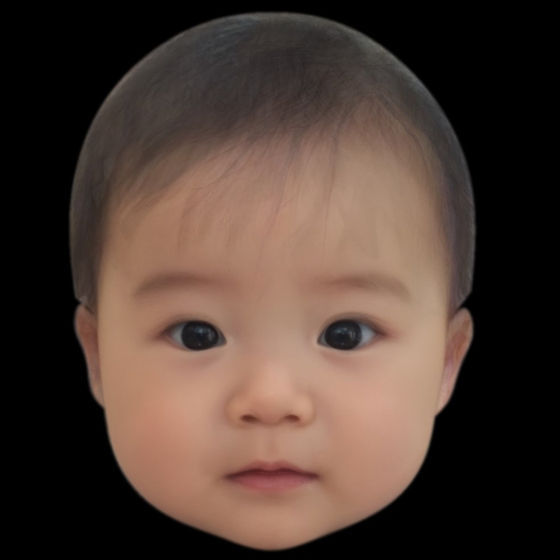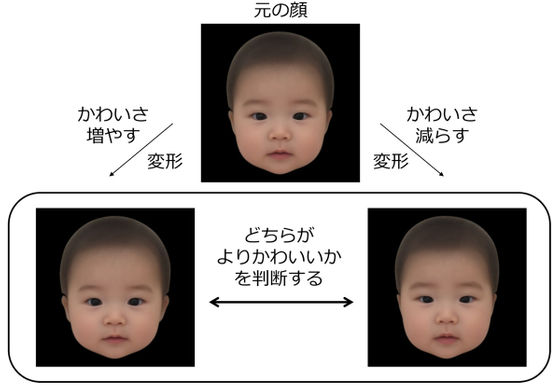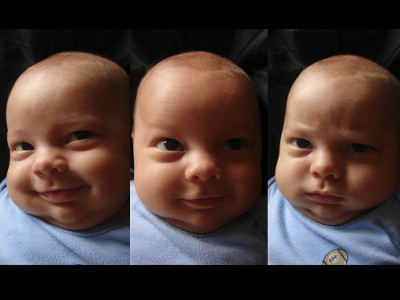The 'cuteness' of babies is not really conveyed to young men.

Infants and small animals have characteristics called 'baby schemas' that humans perceive as 'cute.' Research on the faces of Caucasian babies has progressed, but a research group led by Professor Hiroshi Nitono of the Graduate School of Human Sciences at Osaka University conducted the first systematic study based on the faces of Japanese babies. It was revealed that 'Sa' is not based on personal preference, but rather on objective characteristics that multiple people find 'cute'. We also found that young men are less sensitive to cuteness than women and middle-aged and older men.
Frontiers | Creation and Validation of the Japanese Cute Infant Face (JCIF) Dataset | Psychology

The existence of an objective dimension of 'cuteness' revealed in the faces of Japanese babies - Risou
The ``baby schema'' is a concept proposed by animal behaviorist Konrad Lorenz, and includes ``the head is large in proportion to the body size,'' ``large, round eyes are located on the lower side of the face,'' and ``a rounded body shape.'' ” refers to characteristics such as Regarding baby schemas, research using baby faces is progressing in Europe and America, but no research has been conducted using Japanese baby faces.
Die angeborenen Formen möglicher Erfahrung - Lorenz - 1943 - Zeitschrift für Tierpsychologie - Wiley Online Library
https://doi.org/10.1111/j.1439-0310.1943.tb00655.x
Professor Nitono and his colleagues received photographs of 80 six-month-old babies with expressionless, frontal faces provided by their parents, and then gave 200 Japanese men and women between the ages of 20 and 69 a rating of ``cuteness'' ranging from 1 to 7 points. I had it evaluated.
A face with high cuteness is created by combining 10 faces with the highest cuteness scores.

A similarly created 'face with low cuteness'.

The research team created ``faces with increased cuteness'' and ``faces with decreased cuteness'' for 50 baby faces. An online survey was conducted in which 587 Japanese men and women between the ages of 20 and 69 were asked to choose the one they felt was 'cuter'.

Then, 90% of the people chose the ``face with increased cuteness.'' This shows that the 'cuteness' of a baby's face is not determined solely by individual preference, but exists as an objective characteristic.
Furthermore, compared to women and middle-aged and older men, young men are less likely to choose faces with increased cuteness, suggesting that they are not good at recognizing levels of cuteness.
By the way, the purpose of this research is to create a face dataset of Japanese babies without portrait rights that can be used for research on cuteness. ' is published on the Internet.
OSF | Japanese Cute Infant Face (JCIF) dataset
https://osf.io/pseym/
Related Posts:
in Creature, Posted by logc_nt







